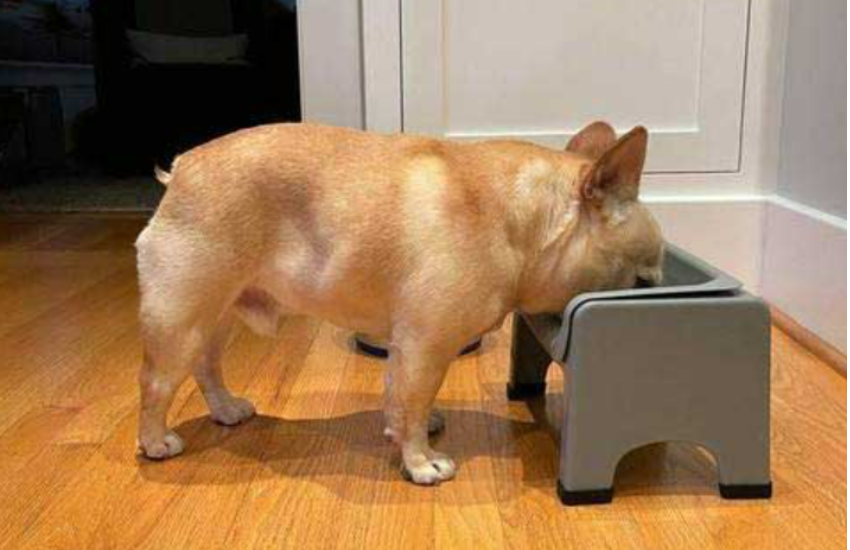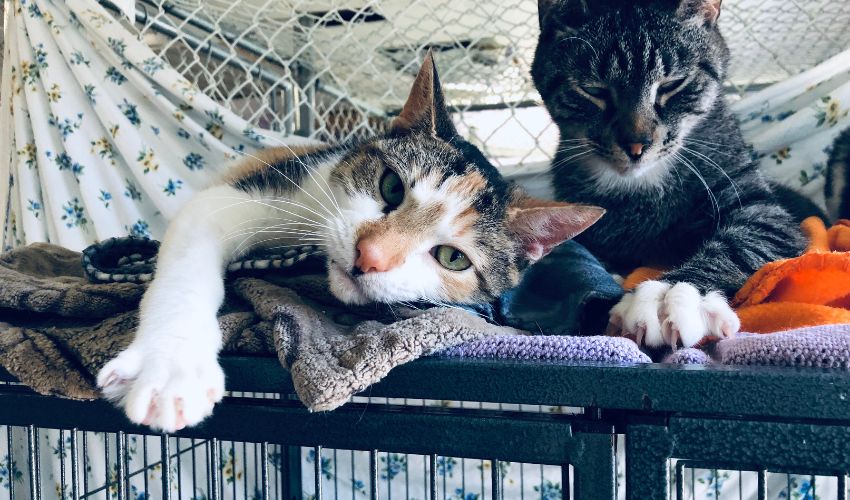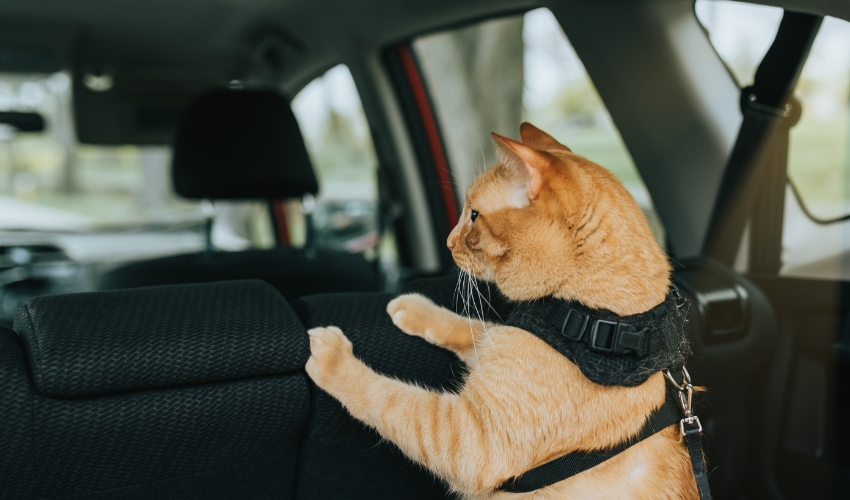 When Chris approached me about writing a blog a few months back after we met at a conference in Appleton, WI, I thought it might be a one-time guest blog about my research and work around a dog study I conducted in collaboration with the Humane Society of Southern Arizona in 2015 (we’re planning to publish these results sometime soon!).
When Chris approached me about writing a blog a few months back after we met at a conference in Appleton, WI, I thought it might be a one-time guest blog about my research and work around a dog study I conducted in collaboration with the Humane Society of Southern Arizona in 2015 (we’re planning to publish these results sometime soon!).
But Chris had something more in mind, a weekly blog discussing the science behind the animal-human bond and the work that researchers are doing to illuminate ways in which animals and humans impact one another’s health. At first I thought….well…that sounds like fun, but I’m not sure I have enough time. But then I thought, wait. We all have time for things that matter to us, we just need to make the time! (See Chris’s blog about that here). And this is a unique opportunity to think, write, and talk about one of the things in life I am most passionate about: creating stronger evidence based research around the animal-human bond and encouraging a better understanding and ability to critique this research among the general public.
How often do we wake up to news in our social media or news-feeds with titles like “How Your Cat is Making You Crazy[1]” or “7 Surprising Health Benefits of Dog Ownership”[2]? Additionally, books about our connections to animals and they ways in which they impact our health, well-being, ecosystems, and social worlds have grown exponentially in the last decade. In fact, books about animals or our connections with them are continually on the New York Time’s bestseller list, suggesting that Americans’ appetites and curiosity about these topics is increasing, rather than waning.
To me, this is a wonderful thing. That people’s curiosity and interest in our bonds with animals is increasing suggests that we’re in an unprecedented time in our history. Never before have we thought about our connections with animals on this scale. The fact that we’re pondering the details of these connections, asking inquisitive and nuanced questions about what animals mean to us and how our lives intertwine with theirs, suggests that we may be willing to now consider the ways in which animals provide us a window into ourselves, a window with a view on how better understanding our connections with animals can improve our, their, and mother earth’s health.

The prolific nature of articles and books coming out each month is exhilarating but can also be overwhelming. Attempting to understand the ways in which these studies were conducted, what the results actually mean, how they speak to other research findings, the questions they raise, and the implications for policy and program change can be daunting and intimidating, even for scientists like myself who have devoted my life to this work. Therefore, my goal for this blog is to offer a safe, encouraging, and open-minded space where we can discuss current issues and research into the animal-human interaction and how this work can inform the ways we think about our own humanity, and social connections with both humans and non-human social worlds[3] alike.
Therefore, my plan for this weekly blog is to choose an article to review from a peer-reviewed journal, offering my own thoughts about its methodologies, design, flaws, findings, and importance to the field. Because studies are often picked up by the mainstream media and reported on in very watered down ways, I will often choose to review the original research studies on which these news/sound bites (such as the two mentioned above) are based. Other times I may choose research that has not been reported on widely in the general public, but is important to researchers, scientists, and practitioners working in the field of animal-human interactions.
Where possible, I will try to choose articles that are available to the general public via open source, and post a link to the article in my blog, so that you too can read the articles and critique my own critiques…because that is one of the best ways for you and me to learn! Additionally, once every two months I will review a book that focuses on the animal-human interaction and has either been very popular with the general public, such as Franz de Waal’s latest “Are We Smart Enough to Know How Smart Animals Are?”, or has sparked controversy, such as “Cat Wars: The Devastating Consequences of a Cuddly Killer” by Peter Mara and Chris Santella. If there are books or articles you want to see reviewed here, by all means, contact me and let me know!
I look forward to learning with and from you in this blog, and hope that this space becomes one that we can all enjoy. My first post next week will be about the state of the science in this field…where we are and why it’s so hard to this work and do it well. There are many challenges, and I’d like to explore those before jumping in to reviews, so that we all have the same baseline and understand some of the difficulties that researchers face when doing this work. My post on March 4th will be a review of Franz de Waal’s most recent book, noted above, “Are We Smart Enough to Know How Smart Animals Are?” It’s a fascinating read and available in print and audiobook as well.
Until next week, be well, be kind, and take time to appreciate the non-human world around you!
About the Author:
I am a medical anthropologist working as a postdoctoral researcher at the University of Wisconsin-Madison’s School of Human Ecology. My research focuses broadly on animal-human interactions and bringing science to bear on how animals and humans are deeply important for one another’s health and well-being. Combining my background in global health, public policy, clinical research, and anthropology with my passion and curiosity about human intersections with animals and nature, my current work explores the intersections between humans and animals with a particular focus on using novel scientific methods to understand the biological, psychological, and social pathways through which animals and humans impact one another’s health. I partner with local, state, and national organizations using rigorous mixed methods research training to conduct studies on topics related to animal-human intersections. Using a multidisciplinary lens and complex systems approach, I design and implement research projects aimed at providing translational data that can be used to develop real world interventions and programs to improve interspecies relationships.
[1] http://www.theatlantic.com/magazine/archive/2012/03/how-your-cat-is-making-you-crazy/308873/
[2] http://www.livescience.com/35463-seven-surprising-health-benefits-dog-ownership-110209.html
[3] By ‘non-human social worlds’ I mean to include not just those in the animal kingdom but also those non-human organisms with which we share this world including (but not limited to) plants, bacteria, fungi, water, ecosystems, and so forth.















